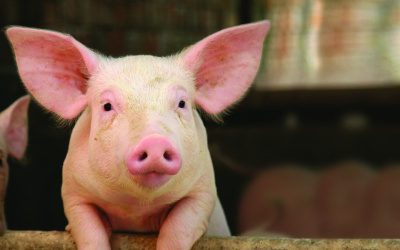Keep ahead of the threat
Stay up to date with the latest mycotoxin information by signing up to our newsletter

Blog
Mycotoxins: The latest challenge to aquaculture success
February 23, 2022The continuous growth of the aquaculture industry will be crucial to providing food security for future generations. Therefore, our responsibility is to ensure that protein from aquaculture is of the highest quality available for human consumption.
Read more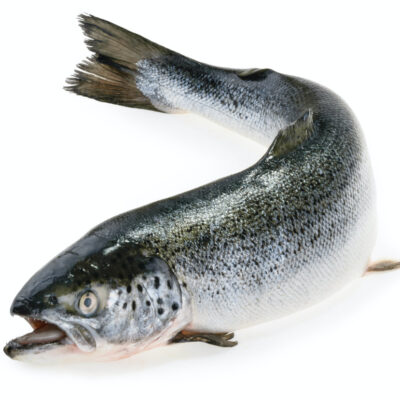
Mycotoxin risk from 2021 global grain production
January 27, 2022Grain represents a significant portion of the mycotoxin risk to livestock performance, reproduction and health.
Read more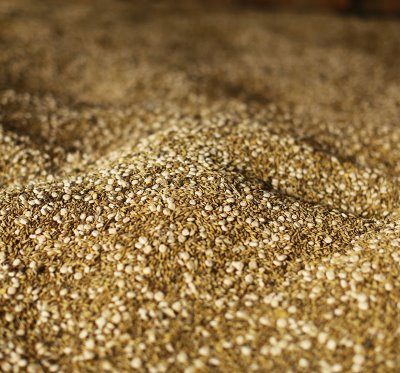
Reaping the rewards from data
November 24, 2021In recent years, the increased awareness of mycotoxins globally has led to progress in many areas. Perhaps most fundamentally, the increased attention has driven more research into the impact of mycotoxins on animal performance, including the generation of meta-analyses for certain species.
Read more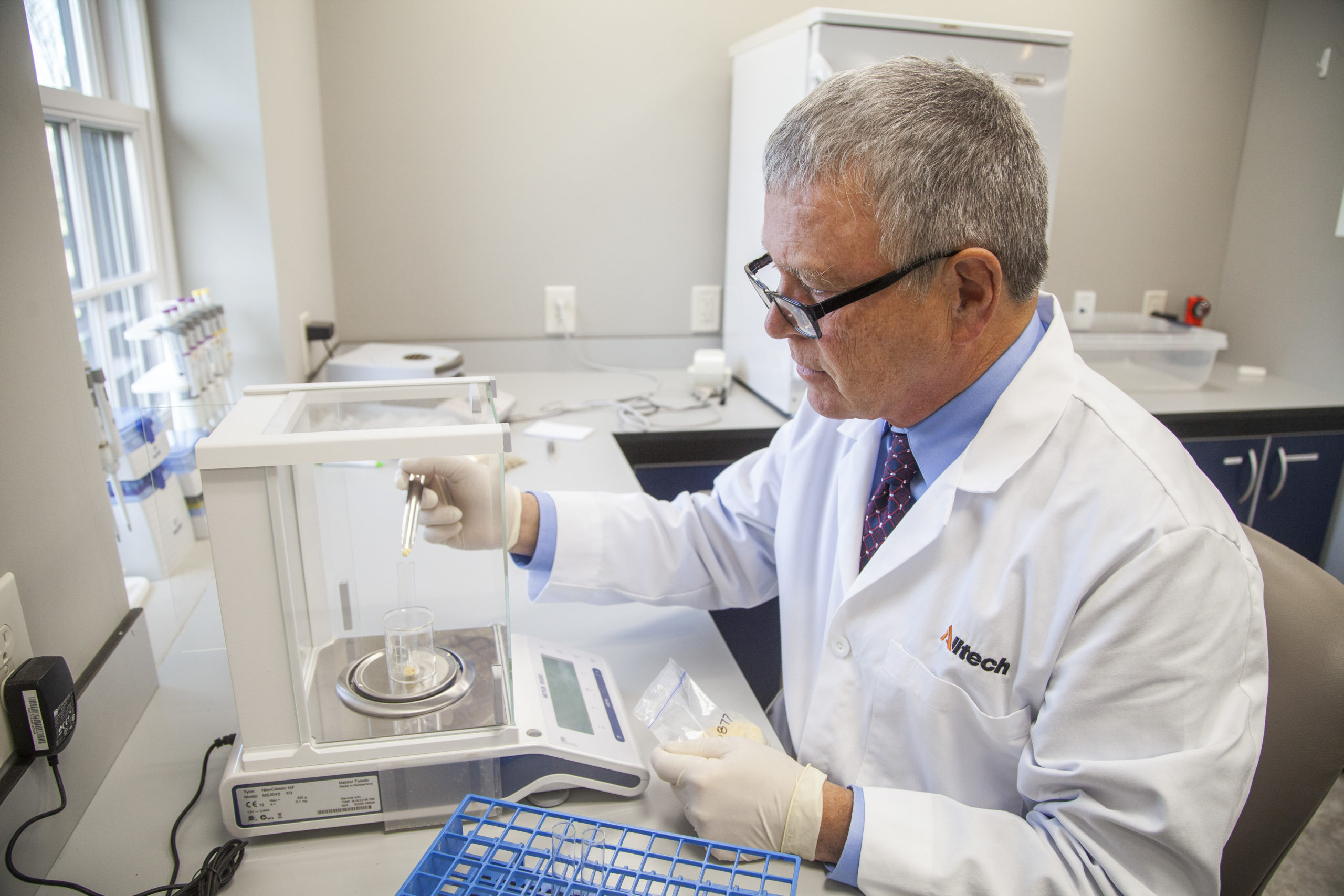
Are low levels of mycotoxins dangerous to your livestock?
October 11, 2021Significant effects of low mycotoxin concentrations can be observed on the immunity and antioxidant systems, which often remain undetected.
Read more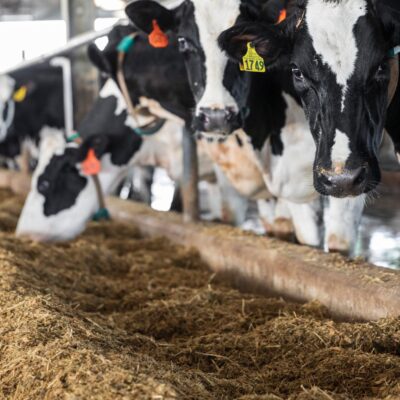
Utilizing crop storage technology to reduce mycotoxin threat
September 07, 2021However, the last few years have brought new mycotoxin control technologies that are underutilized in our grain storage bins. But, incorporating them at each step of the grain handling process can provide valuable assistance in controlling mycotoxins in animal feed.
Read more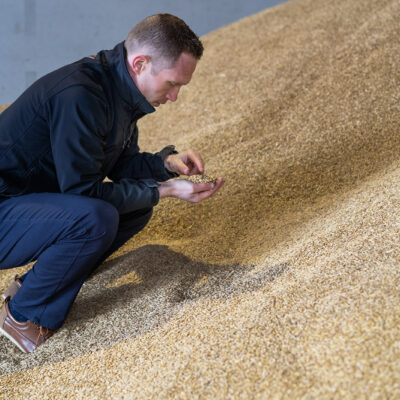
10 warning signs of mycotoxins in your dairy herd
August 05, 2021Ever-present in the farm environment, mycotoxins are a potential threat to even the best-run dairy operations.
Read more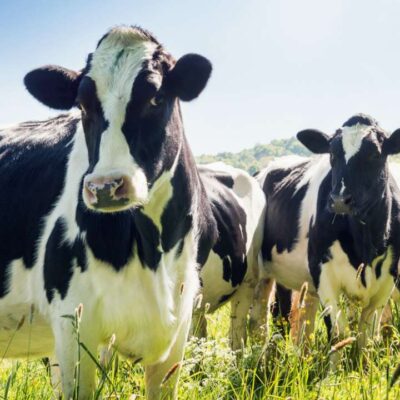
Taking the mystery out of mycotoxins
July 08, 2021The digitization of agriculture is being viewed more and more as one of the key ways the sector can meet some of the pressing challenges surrounding animal welfare, food safety and environmental sustainability.
Read more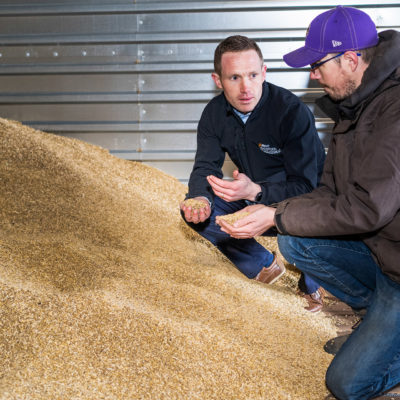
Recognising the warning signs of mycotoxins in pigs
June 15, 2021Pigs are particularly susceptible to the risk posed by mycotoxins. Ingestion of contaminated feed may impair a pig’s cellular and tissue integrity, leading to an unhealthy imbalance of different physiological systems. These cause organ malfunction that results in depressed pig performance, decreased immunity and reduced health status.
Read more